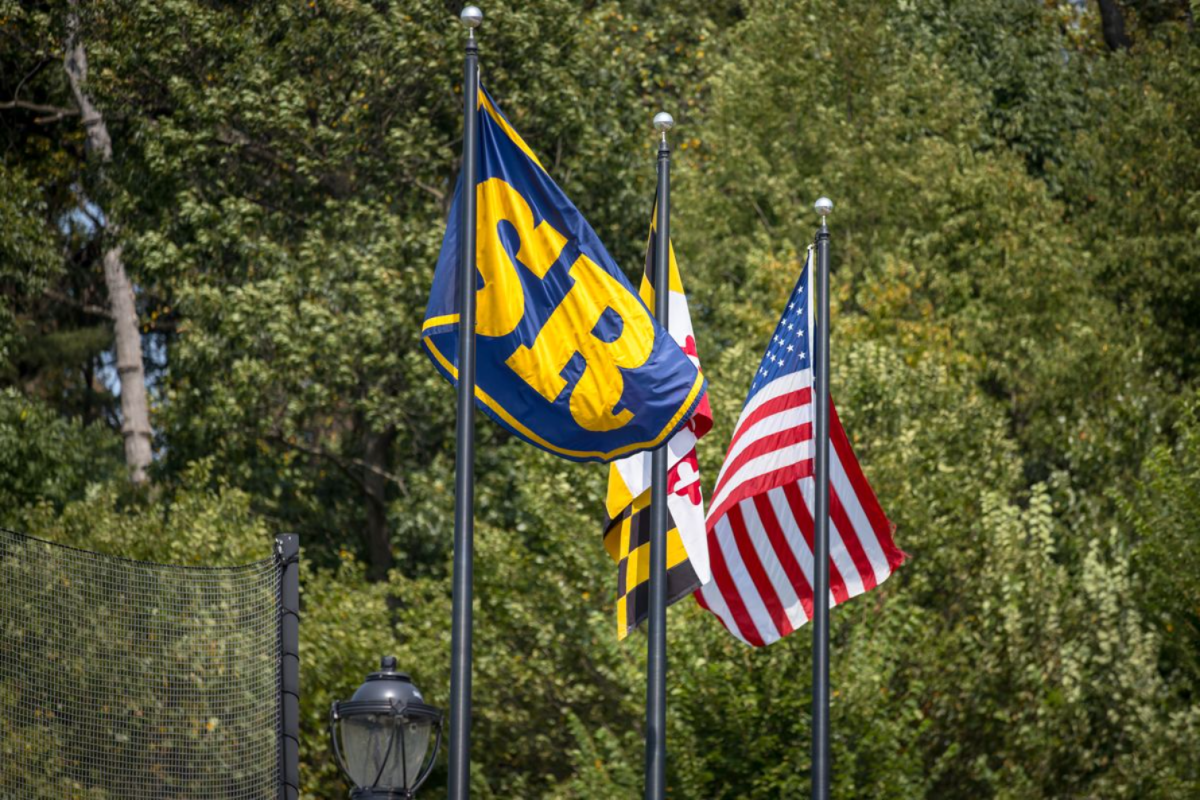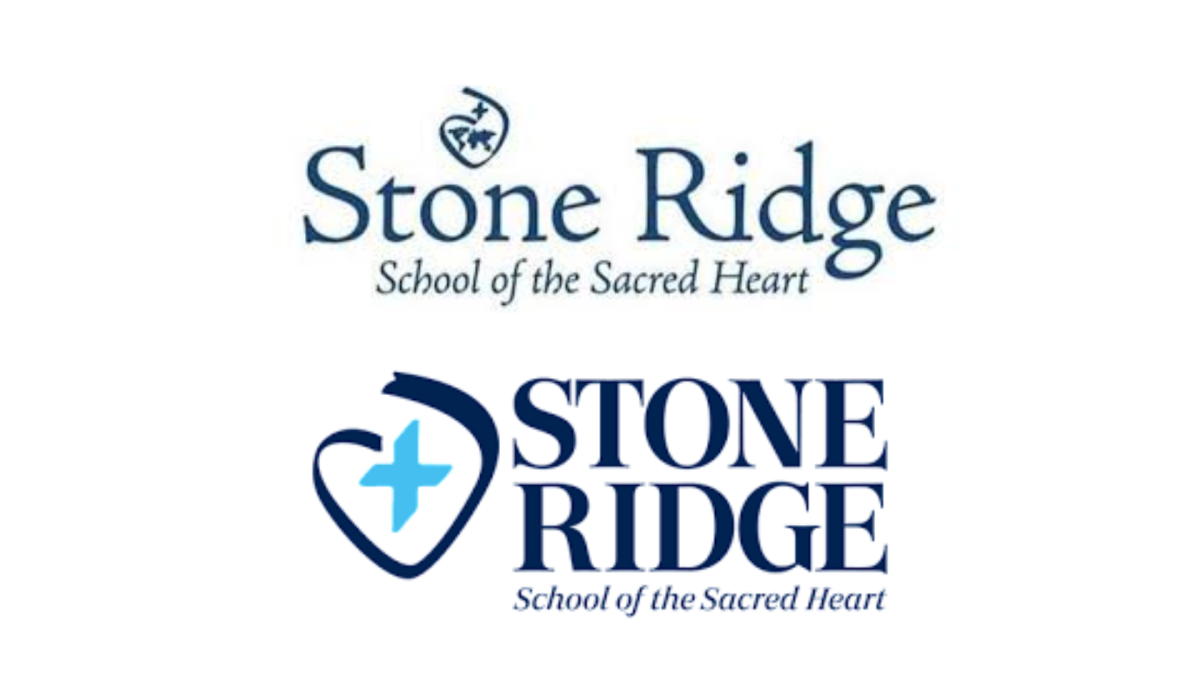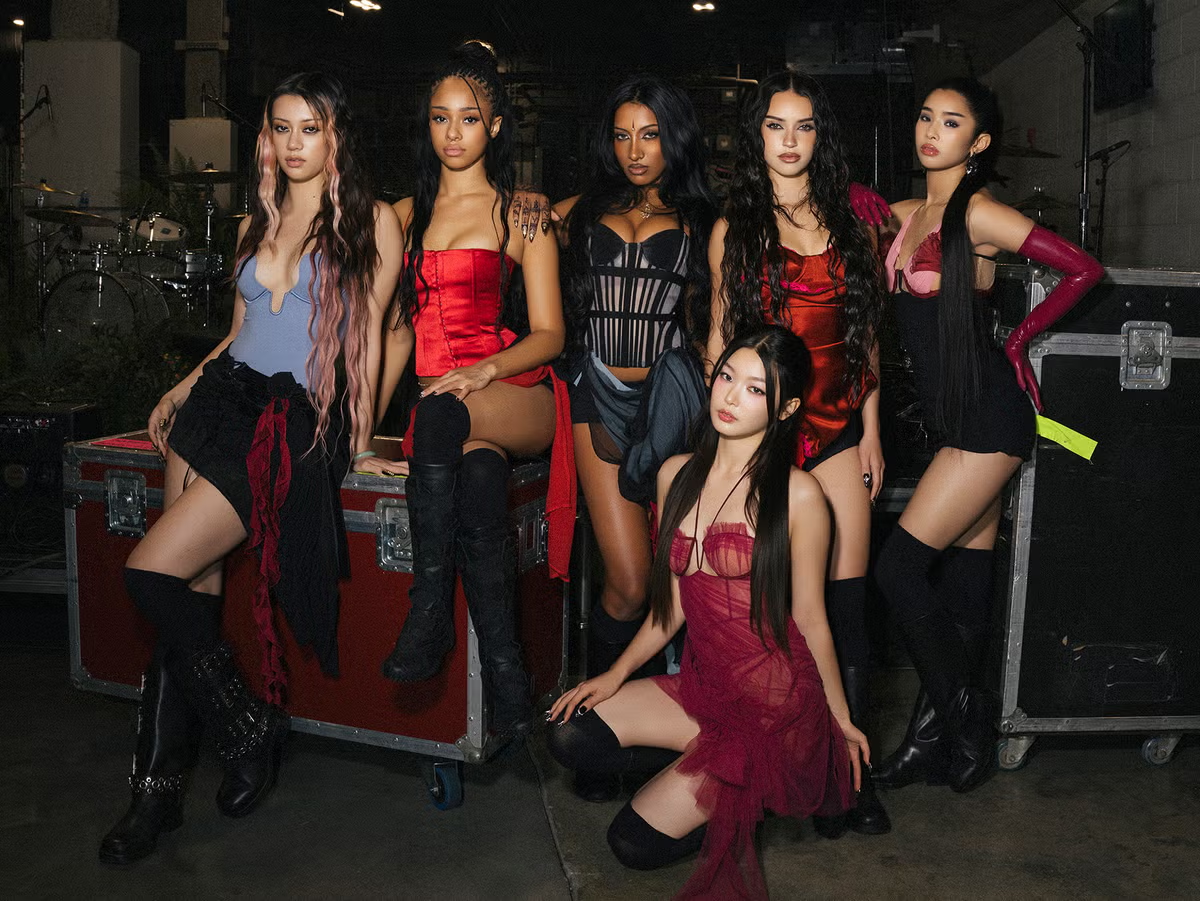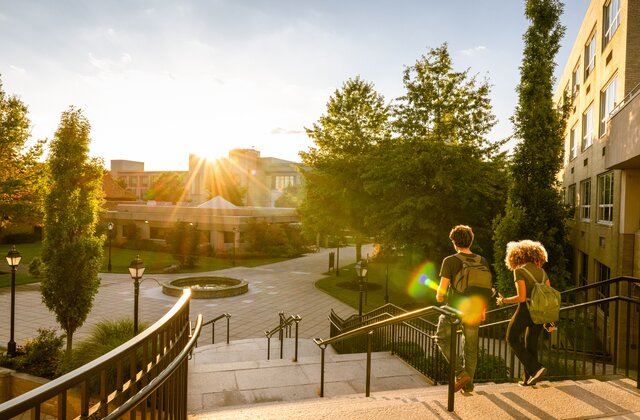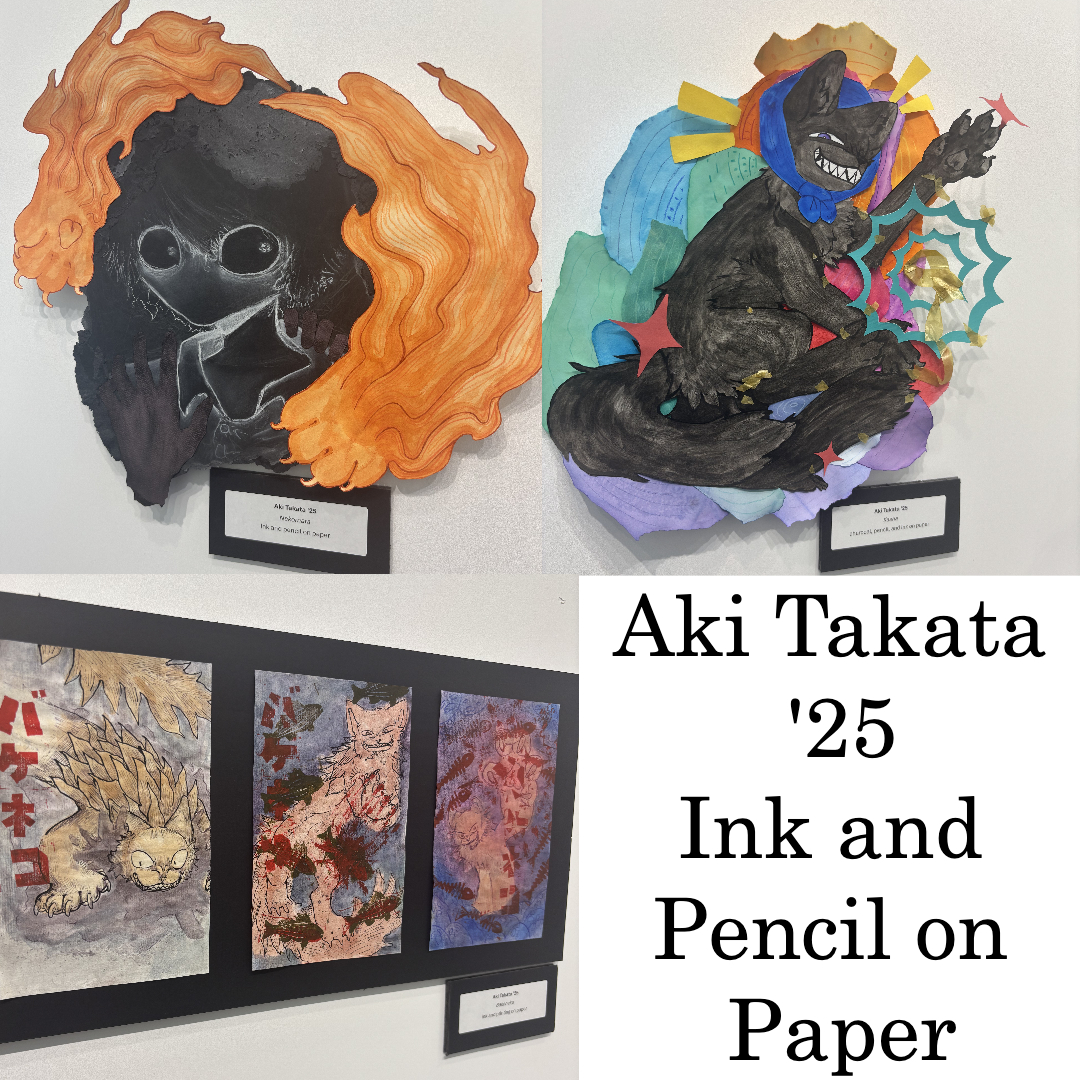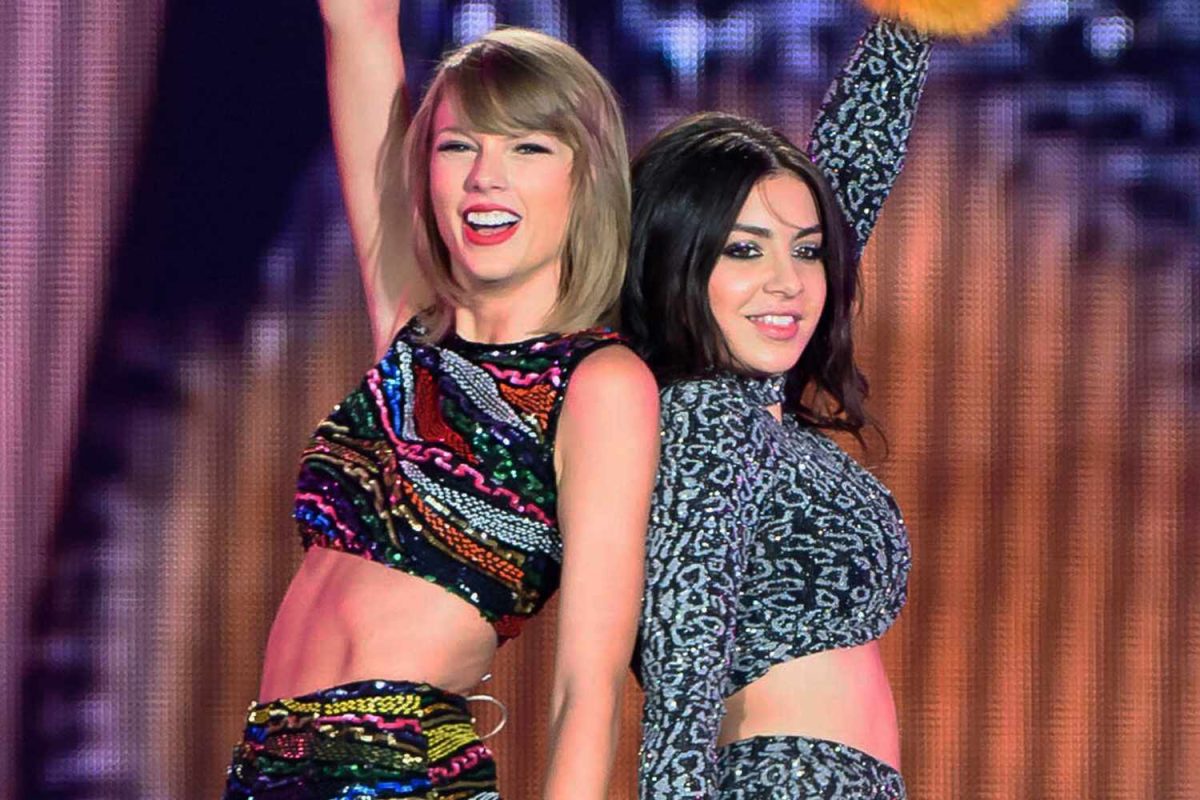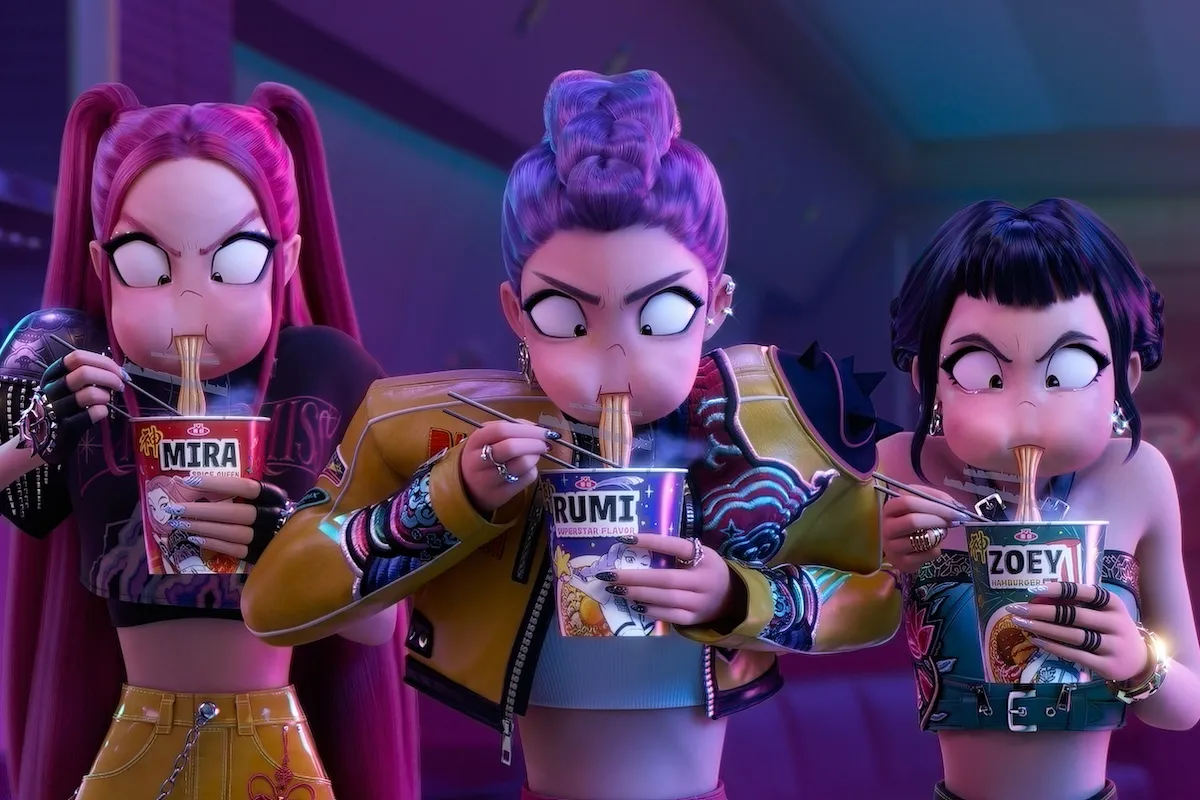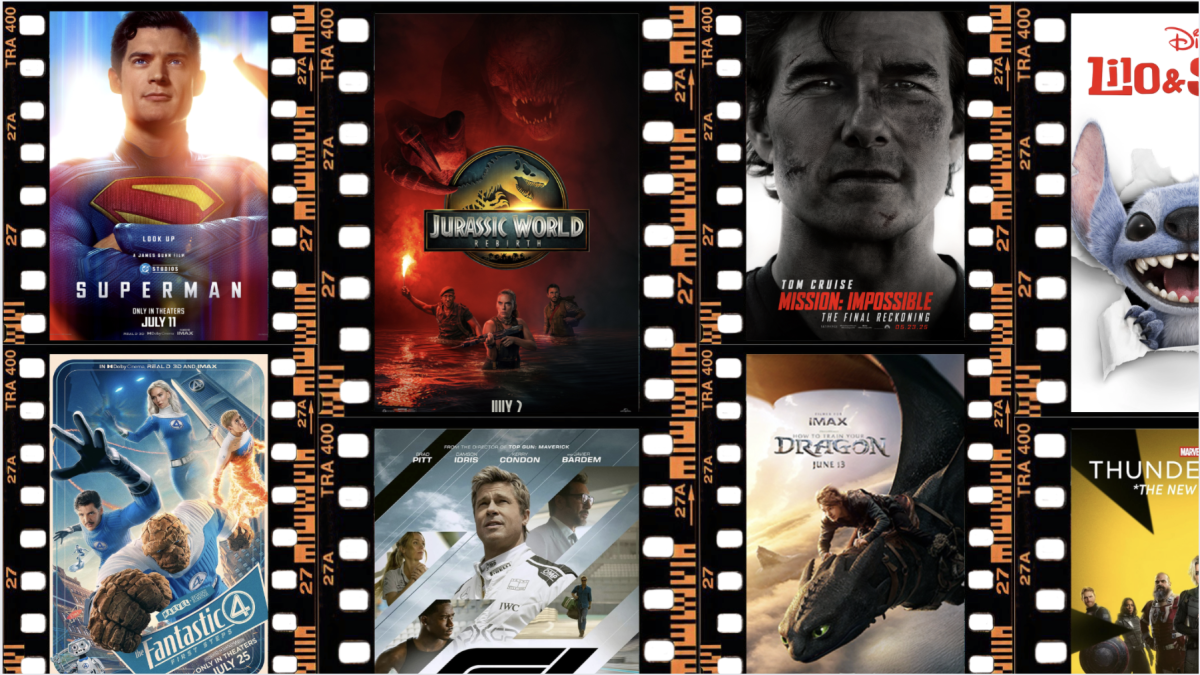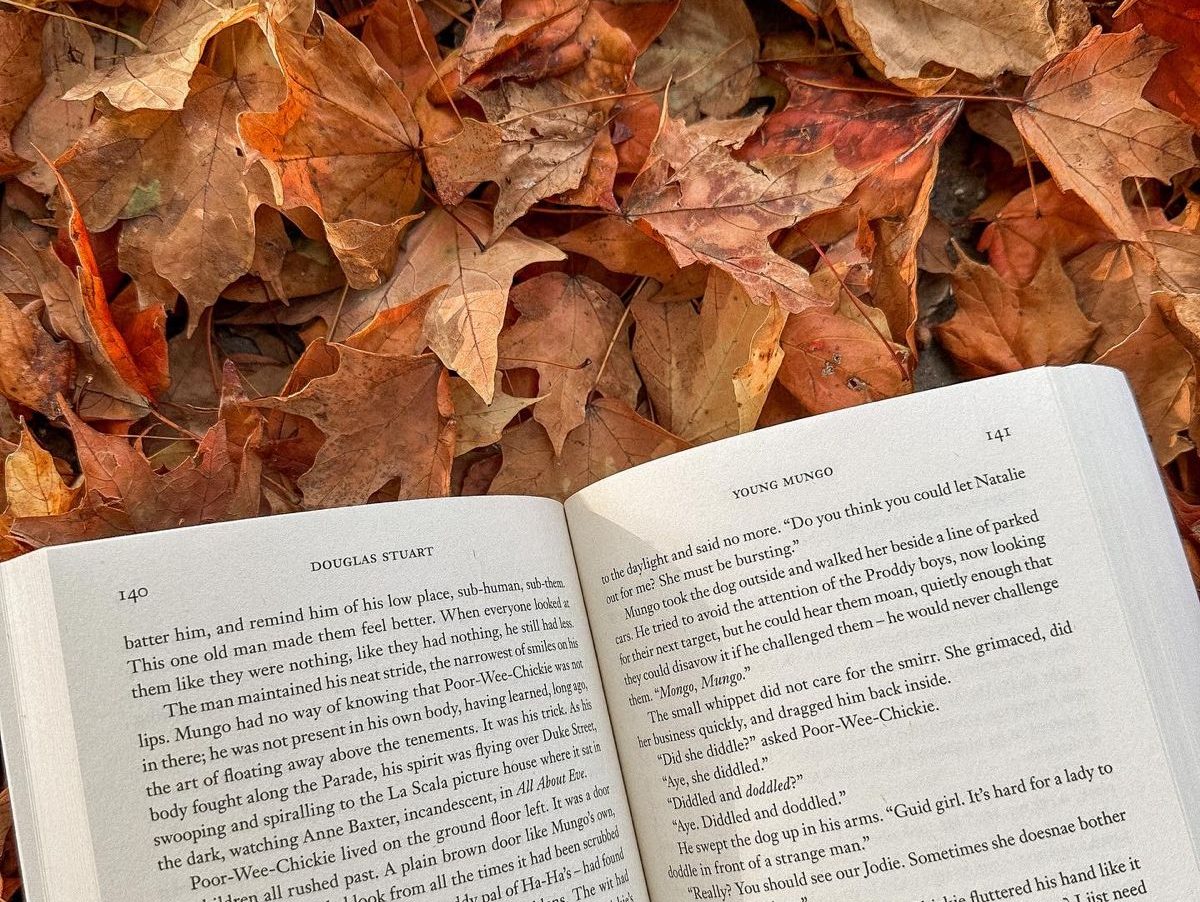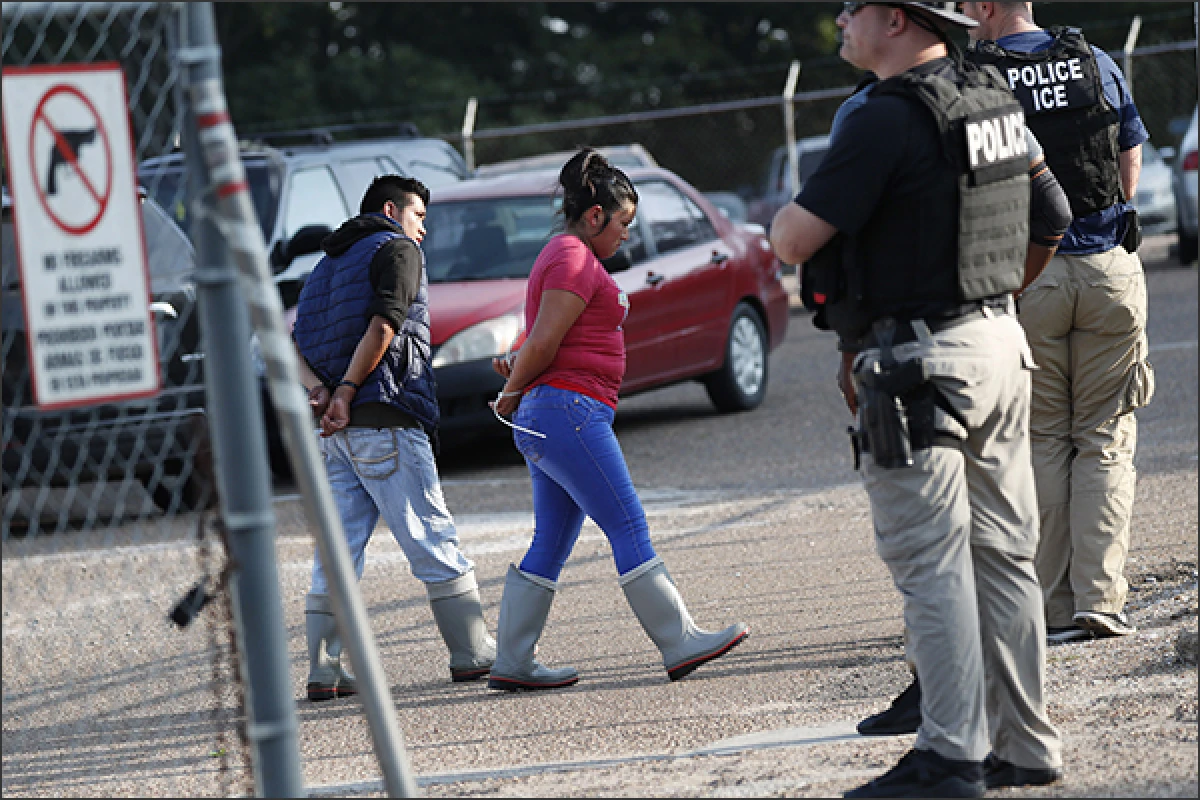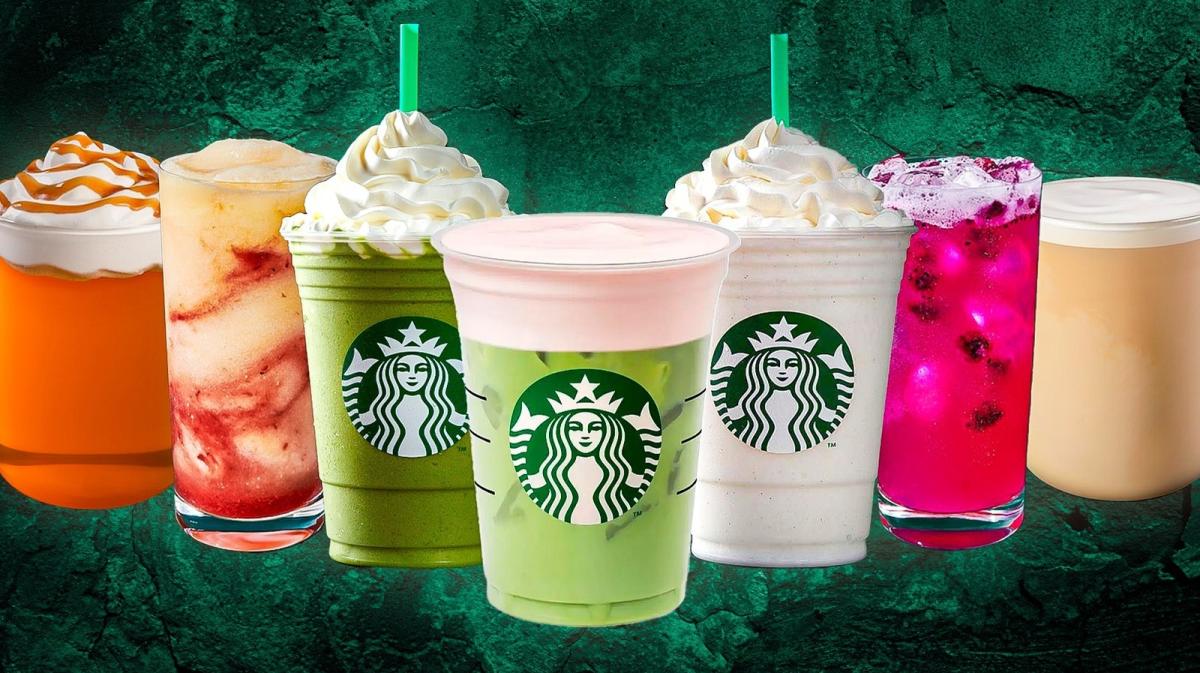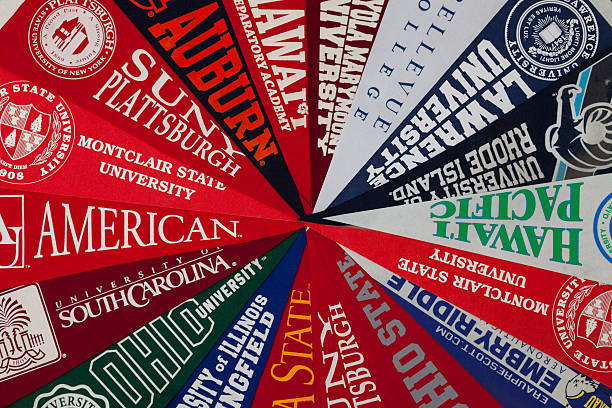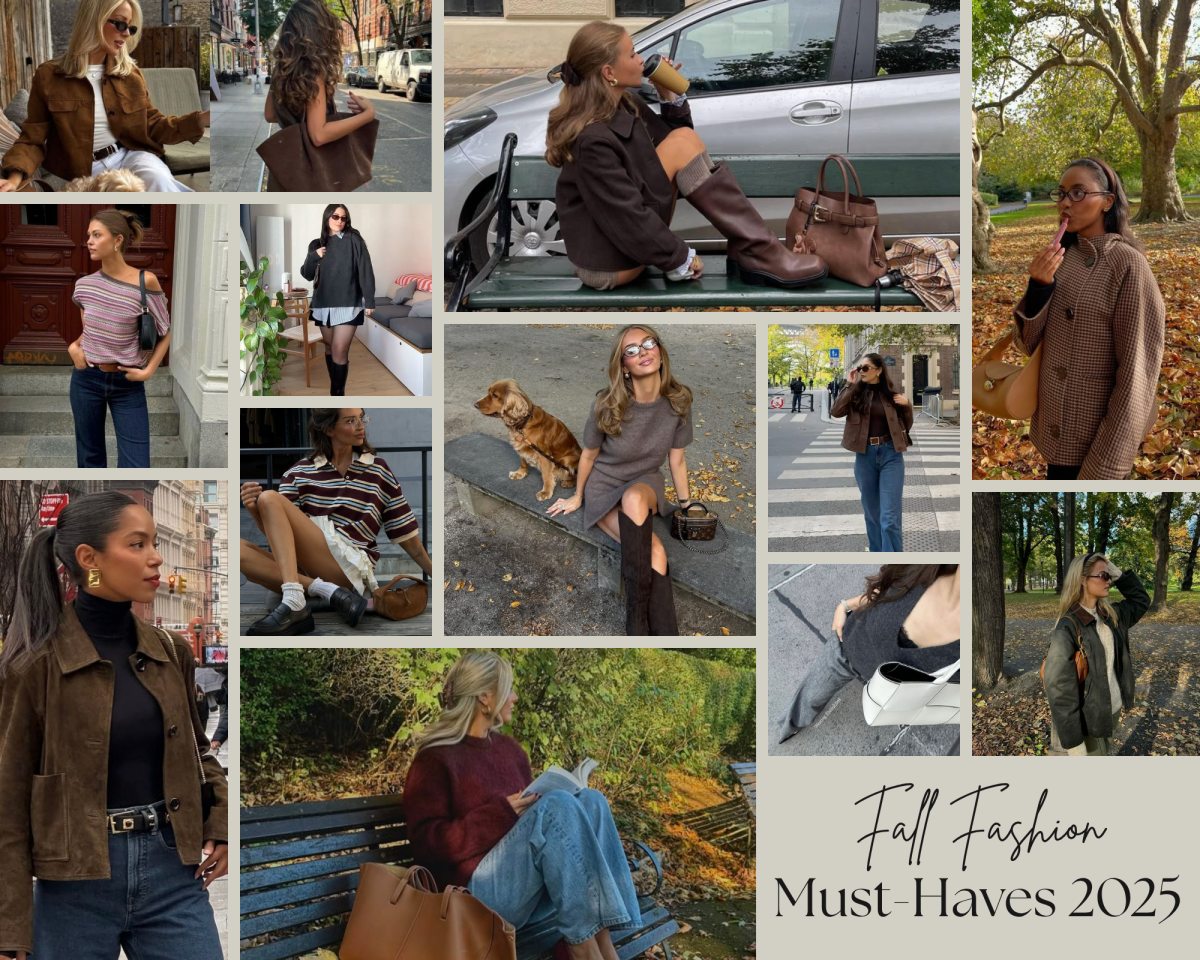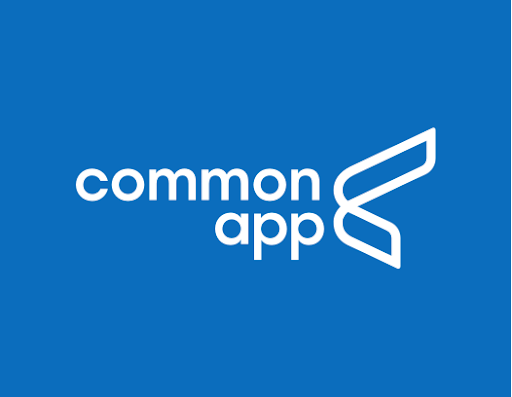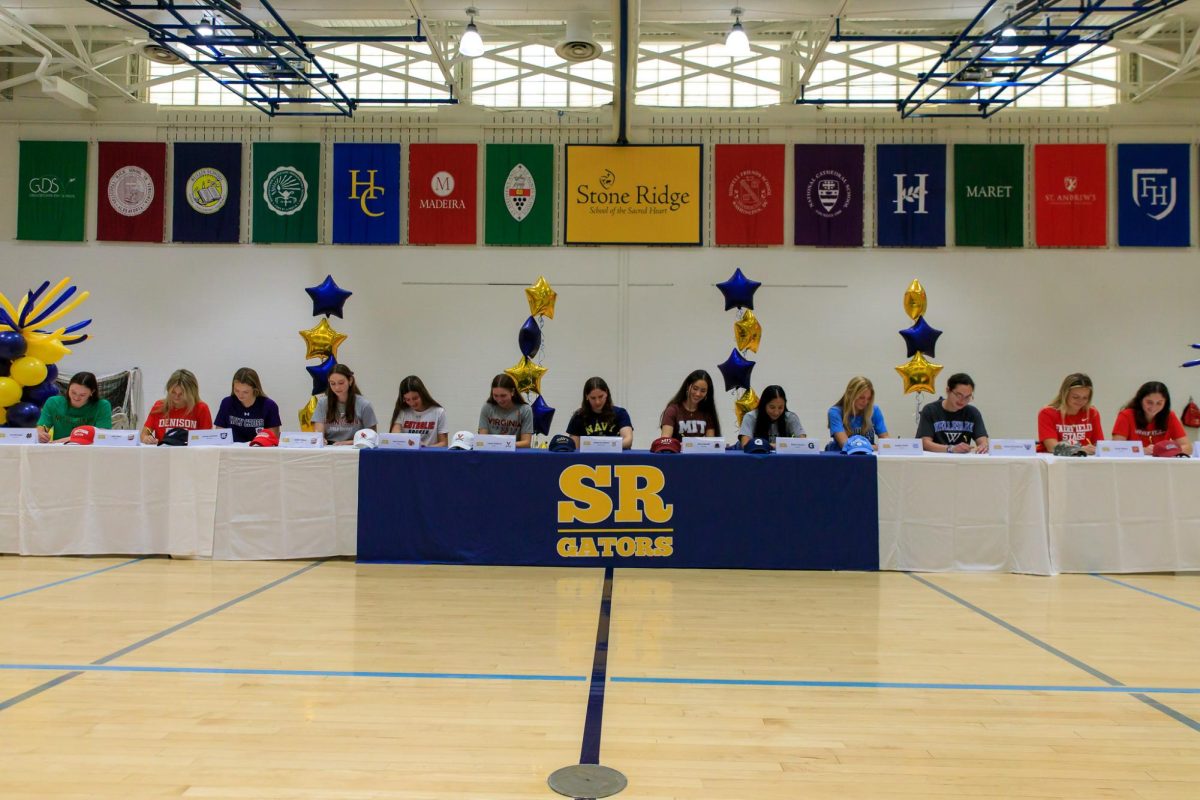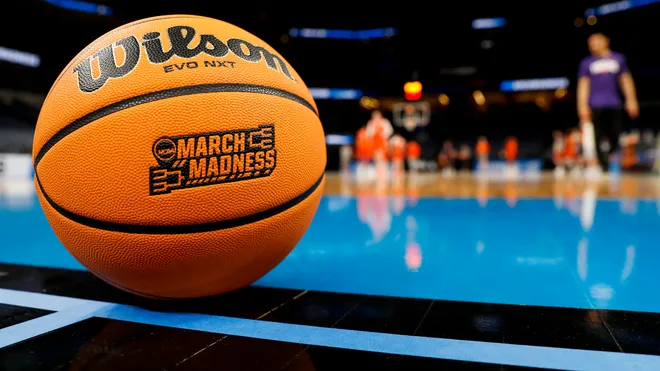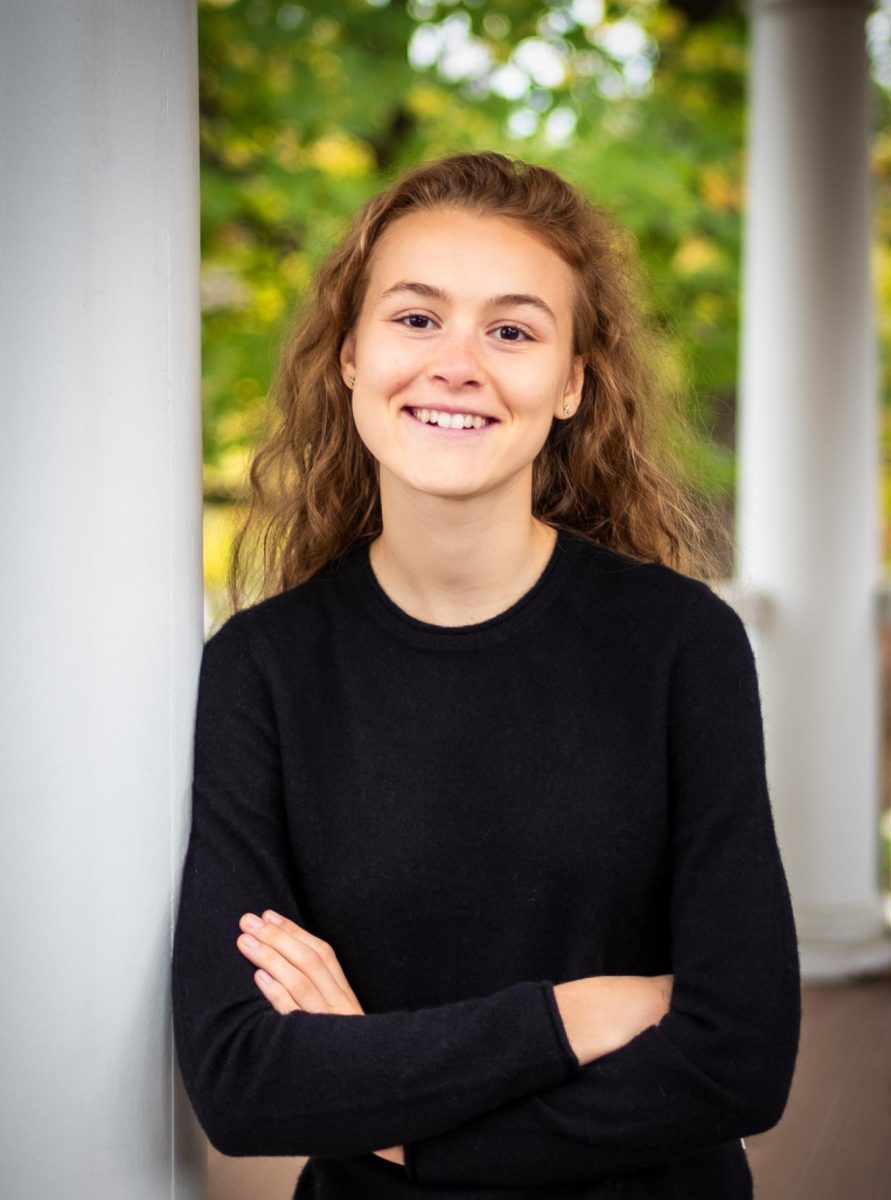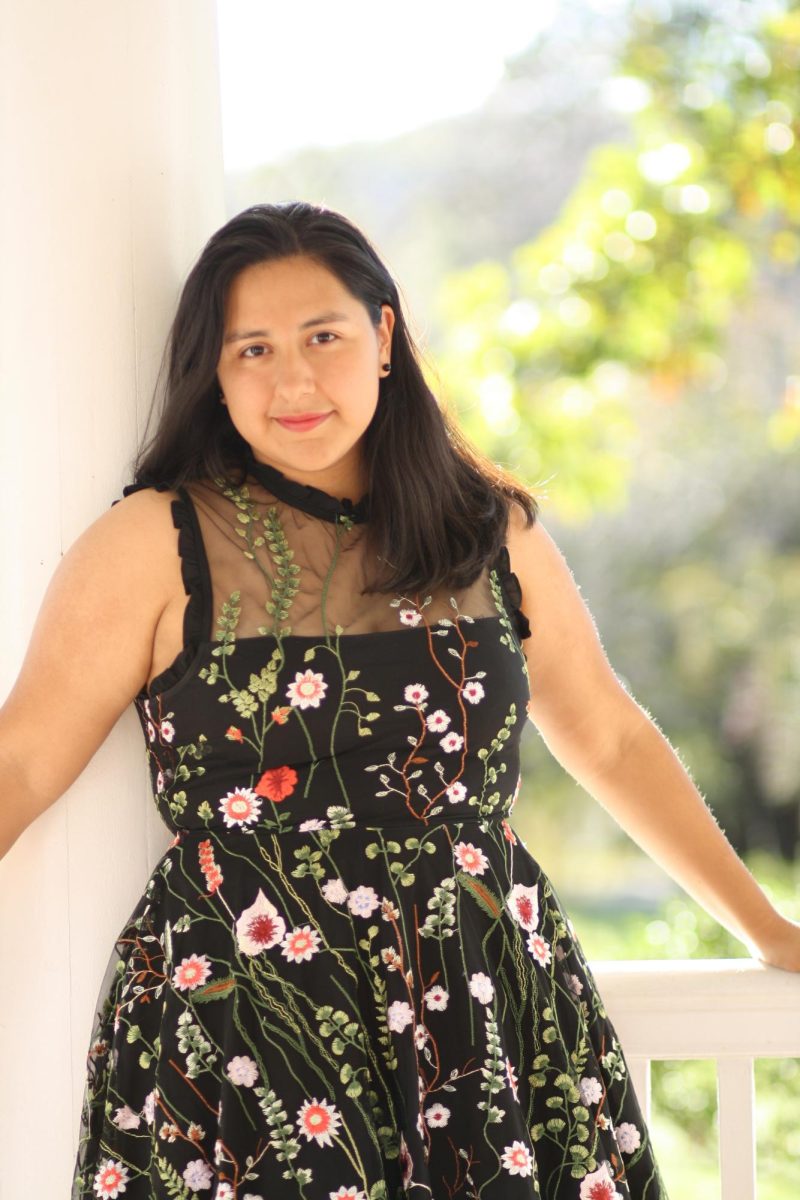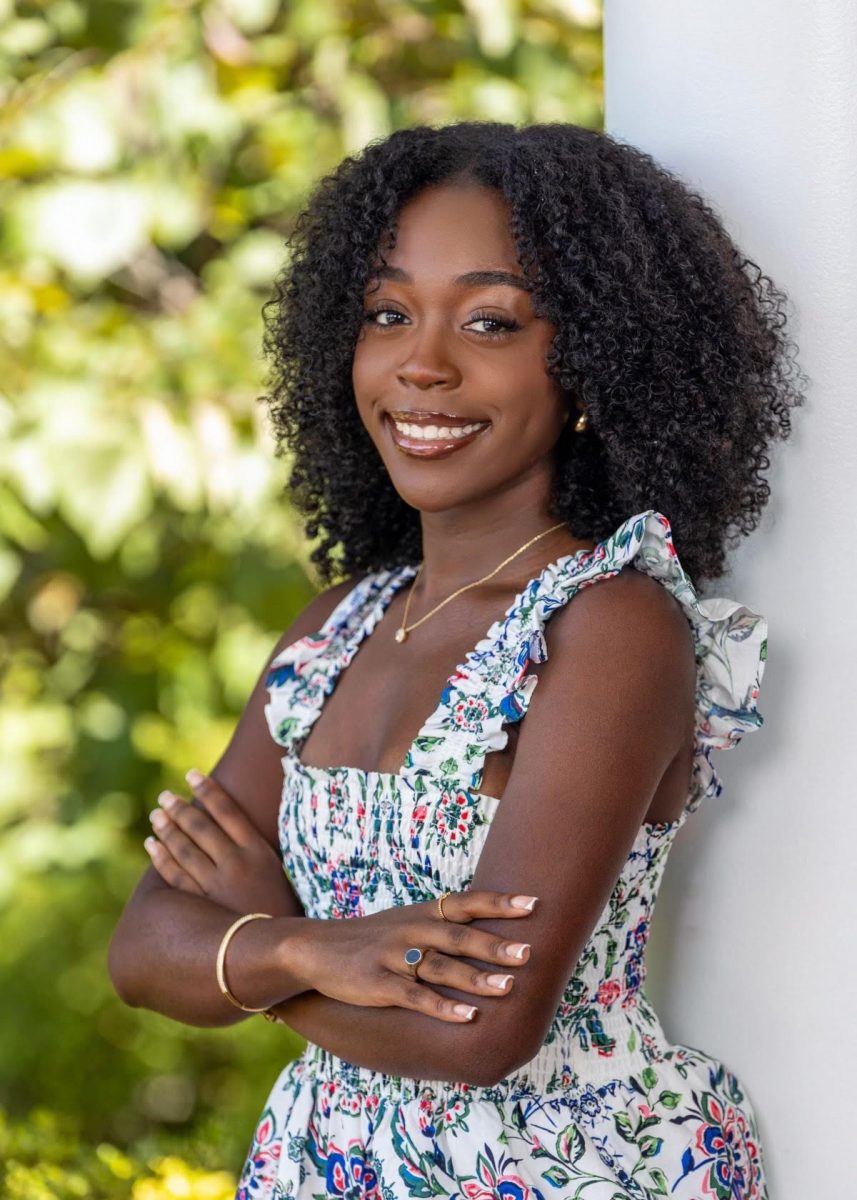Just twenty-three percent of elementary school-aged Latino students are proficient in math in Montgomery County public schools. And while 20% of Latino students report that they enjoy science, technology, engineering, and math (STEM) subjects, fewer than 3% enroll in advanced STEM courses during high school.
The number of women in STEM has also stagnated. Despite earning 58% of all bachelor’s degrees in the United States, women earn only 18.7% and 21% of bachelor’s degrees in computer science and engineering respectively.
But does it matter? If minorities continue to enter the workforce but are choosing to do so in other (also beneficial) areas, does it really matter that minorities are underrepresented in STEM fields?
KID Museum, “the nation’s largest educational makerspace for kids” (citation), asserts “every kid [is a] maker.” And at KID, it’s true. The museum’s efforts to intertwine technology, engineering, and art to “empower the next generation” are building community and equipping kids with the confidence to create change.
Volunteering as an “apprentice” at its flagship location in Bethesda, I spent my time teaching children in elementary and middle school skills like laser cutting, 3D printing, coding, sewing, circuitry, soldering, woodworking, and drilling.
During the “Toy Hackers” summer camp, middle schoolers were provided with inexpensive electronic toys—small motorized cars, soft toys with light-up eyes, and a host of slightly-creepy dollar store finds. Step one: destroy them. Slice open their seams, pull out their circuits, and break plastic casings. Then, start recreating. Insert the sound-box from the cow soft toy and the LED from the plastic train into the part-eagle, part-bear amalgamation.
As kids tinkered, they learned how circuits worked and how to use soldering irons. They learned to sew, attaching the wing from the eagle to the body of the bear. At the same time, they learned that what they can create is better than what already exists. Don’t settle for the toy that’s provided—make something new. Something more creative. Something that only you would create.
Ripping the seams of beanie babies and altering farm sound-effects circuits is, plain and simple, a lot of fun. But KID has another goal. KID Museum seeks to “activate young people as difference makers who care about their world, their environment, and their neighbors.”
Dr. Ebony McGee, professor of Education, Diversity, and STEM Education at Vanderbilt University and Special Guest at KID’s 2022 Symposium, inspired KID’s understanding that “STEM instruction needs to focus on what motivates minoritized students, and empower them to see themselves as changemakers.”
During “Wizard KIDs” camp, I worked with Lucy, a girl in a wheelchair, who arrived at KID expecting to be ostracized. And at first, she was. When the campers spread out throughout the maker playground to build person-sized marble runs, she was left unable to participate. Lucy consistently found herself at the least-populated table when working on projects and became frustrated as her wheelchair made using the scroll saw difficult. During lunch, she chose the smallest table in the corner of the cafeteria and sat alone during recess.
Throughout the camp, Lucy helped build a fortress in the open explore space. She created a 3D-printed wand, and showed a group of third-grade boys how to create the multi-colored LED. As the week progressed, other campers began to creatively involve Lucy in their marble-run-exploits and spend more time creating “light shows” with her. One kid brought in card games to play with her during recess so that she didn’t have to remain a spectator to frisbee and kickball. By the end of the week, recess had transformed into a “Rat-a-Tat-Tat” and “Sleeping Queens” tournament.
KID Museum puts “a focus on engaging populations that are often overlooked or left behind.” I witnessed these efforts on a small level, but KID succeeds at doing the same within the broader Montgomery County community.
Ultimately, students become “makers” at KID. KID does not merely mold students to become engineers or computer scientists—although those are great outcomes. KID develops makers. Makers of toys. Makers of glowing alarm clocks. Makers of marble runs. But also makers of community.
Often, I find that we first try to teach kids that they need to make a direct impact on the world, and then encourage STEM as one way to do so. At KID, they start with the STEM—they start by handing kids power tools—and then they let them come to understand that what they do has a real impact.
As the museum itself explains, “KID Museum both makes community and is made up of our community. … Through our programming, kids develop an understanding that they too are part of our community, and have the power to make a direct impact. They learn that what they do matters in the world.”
